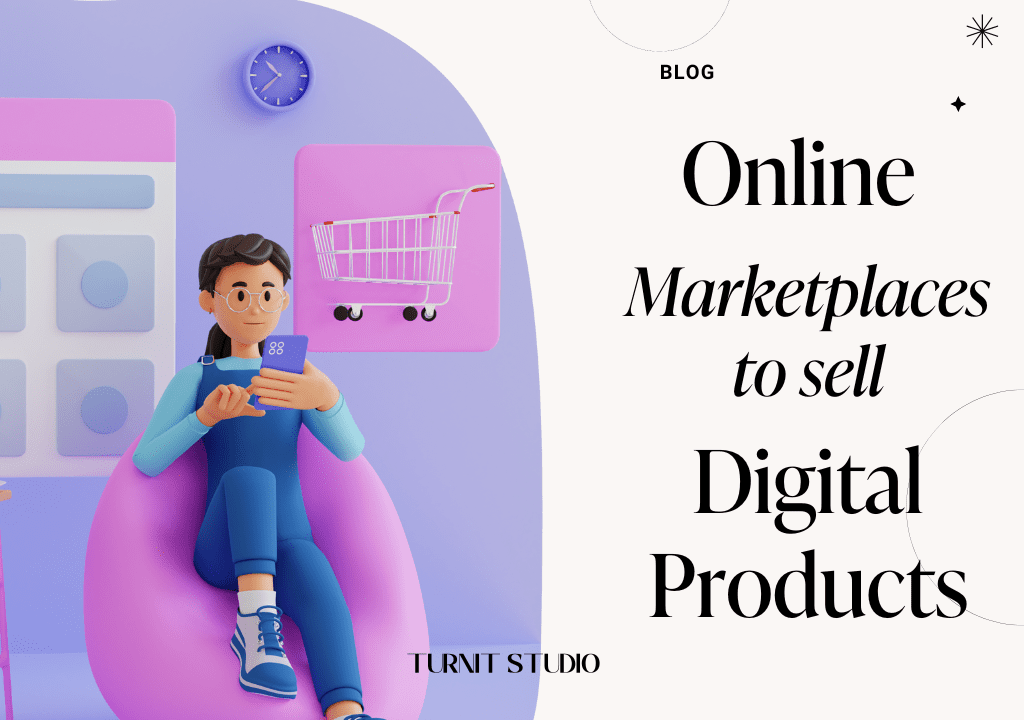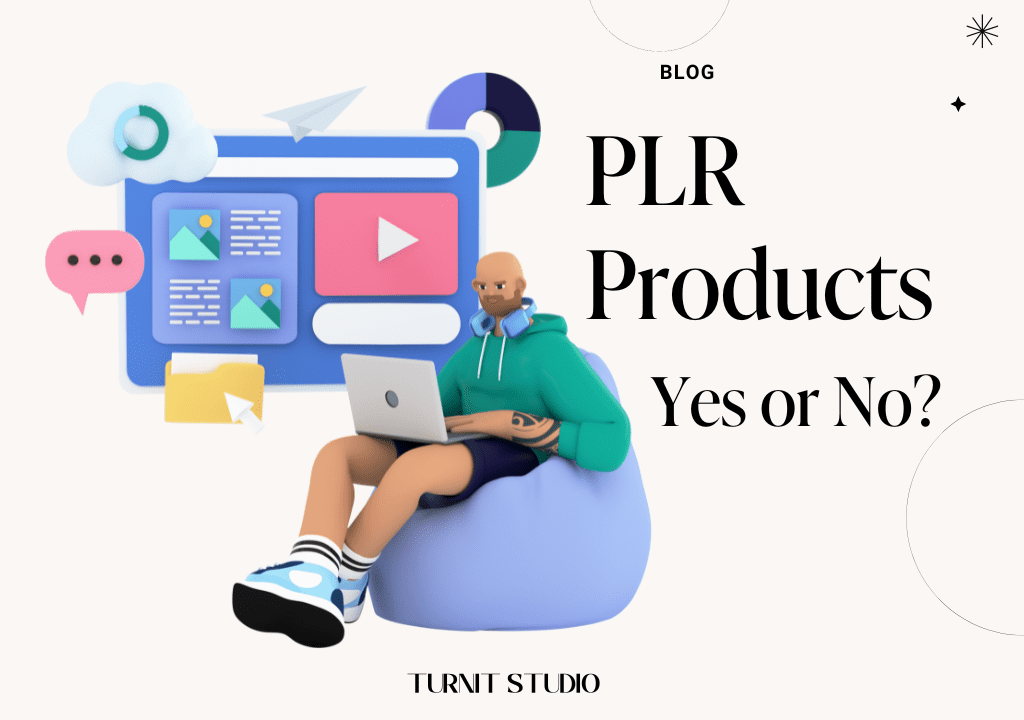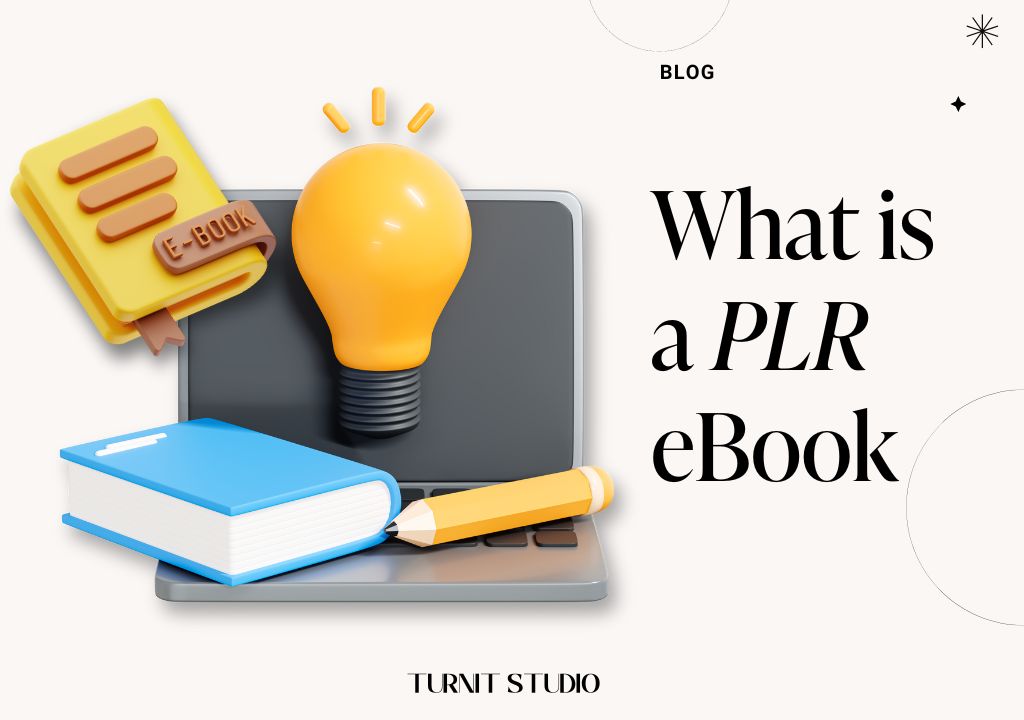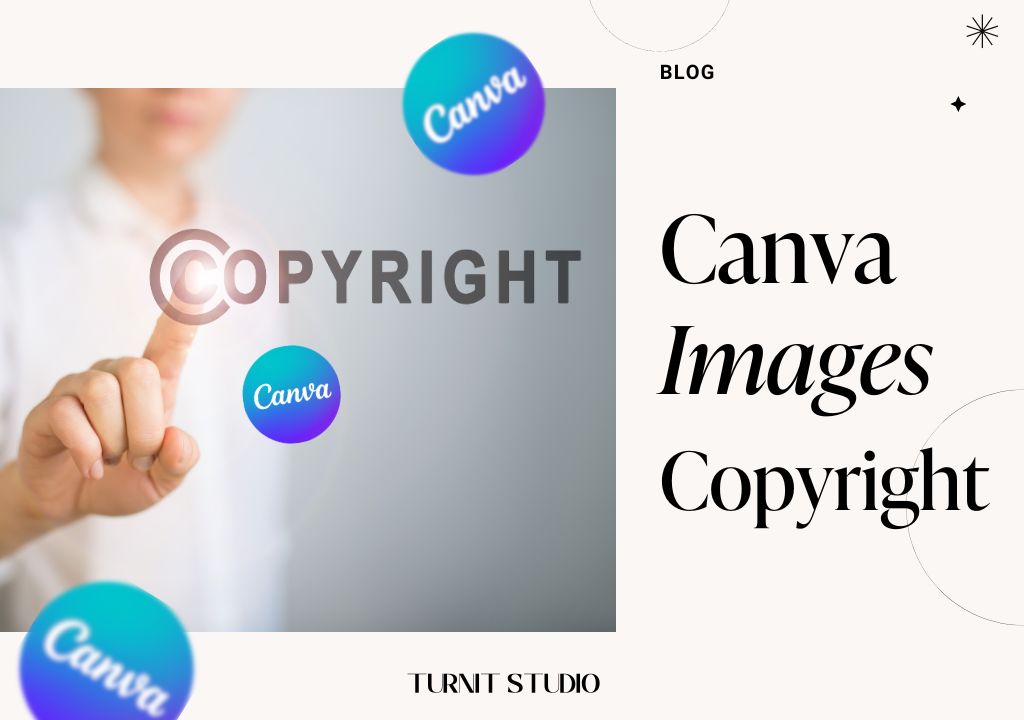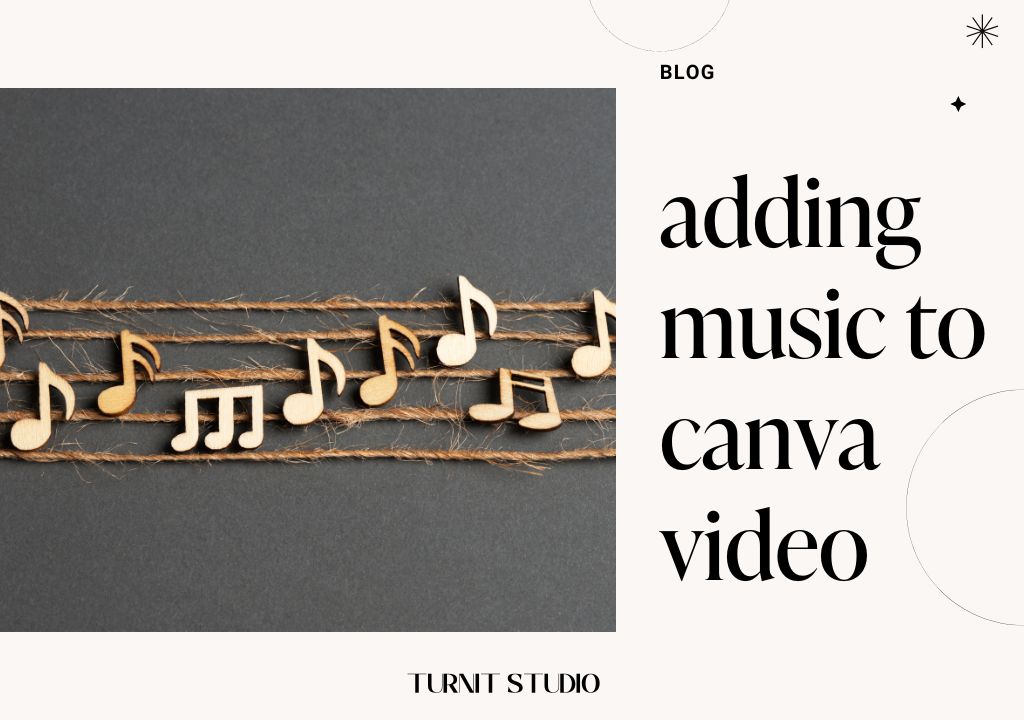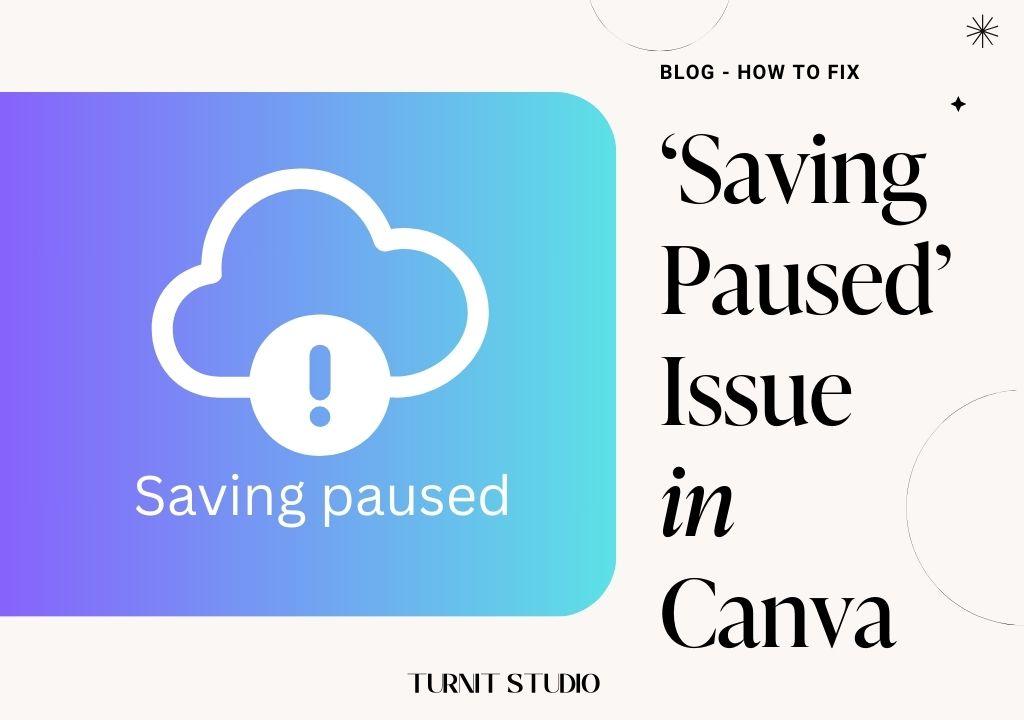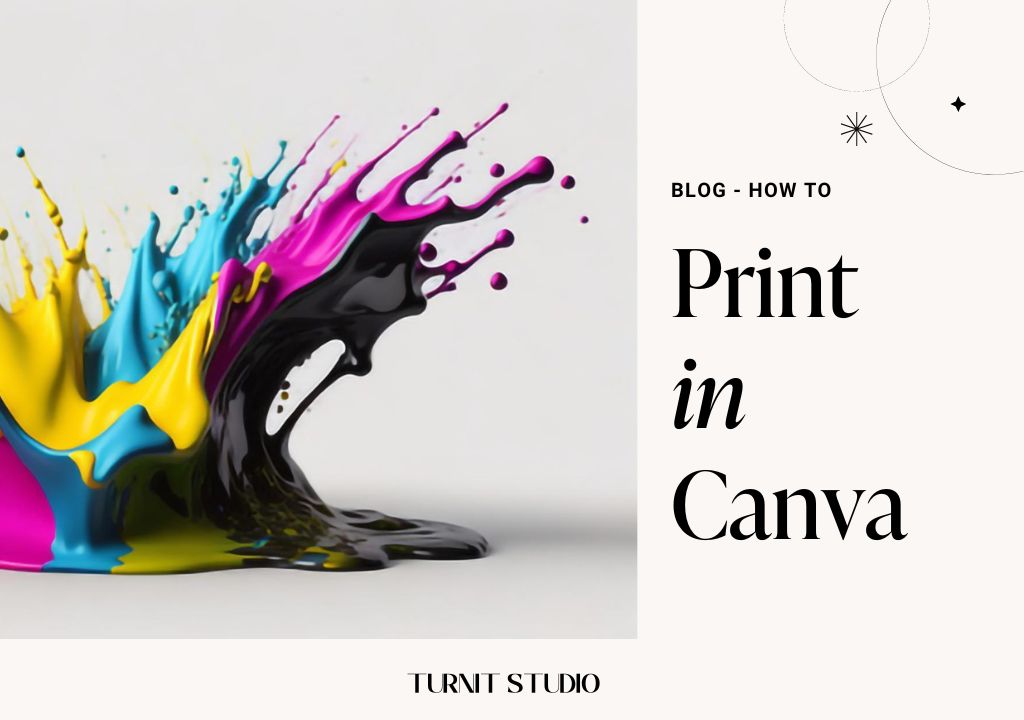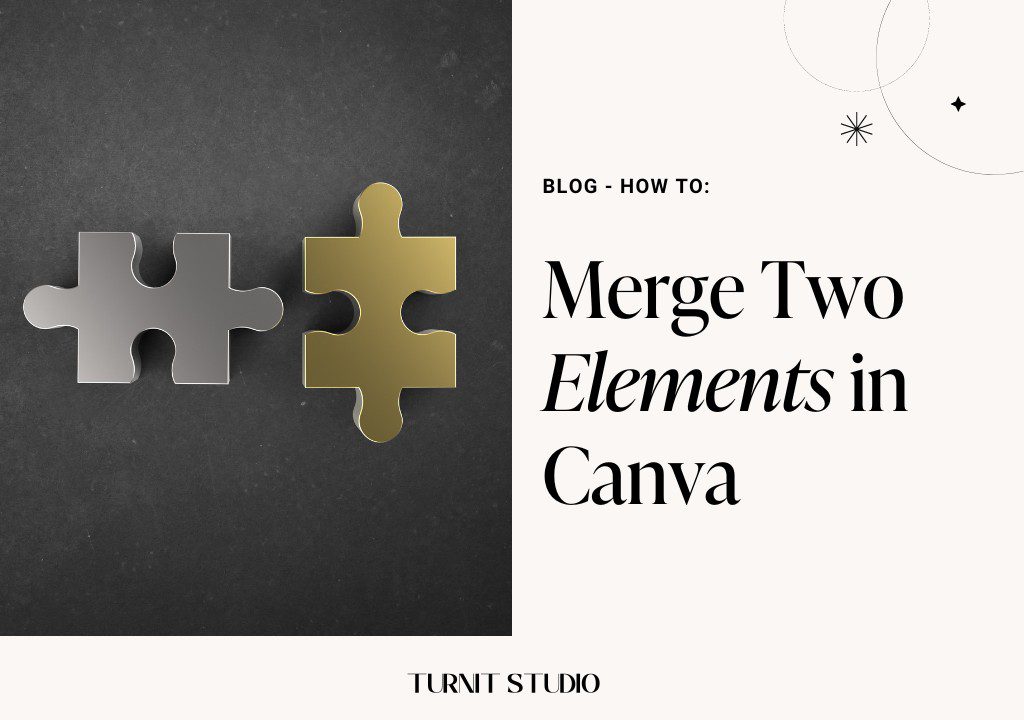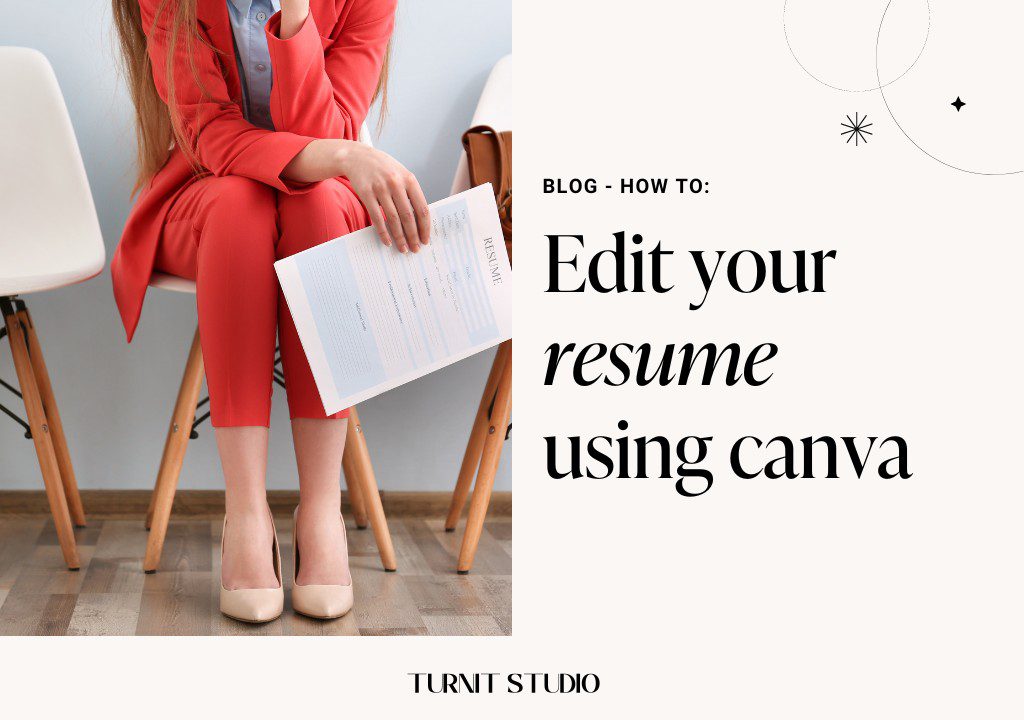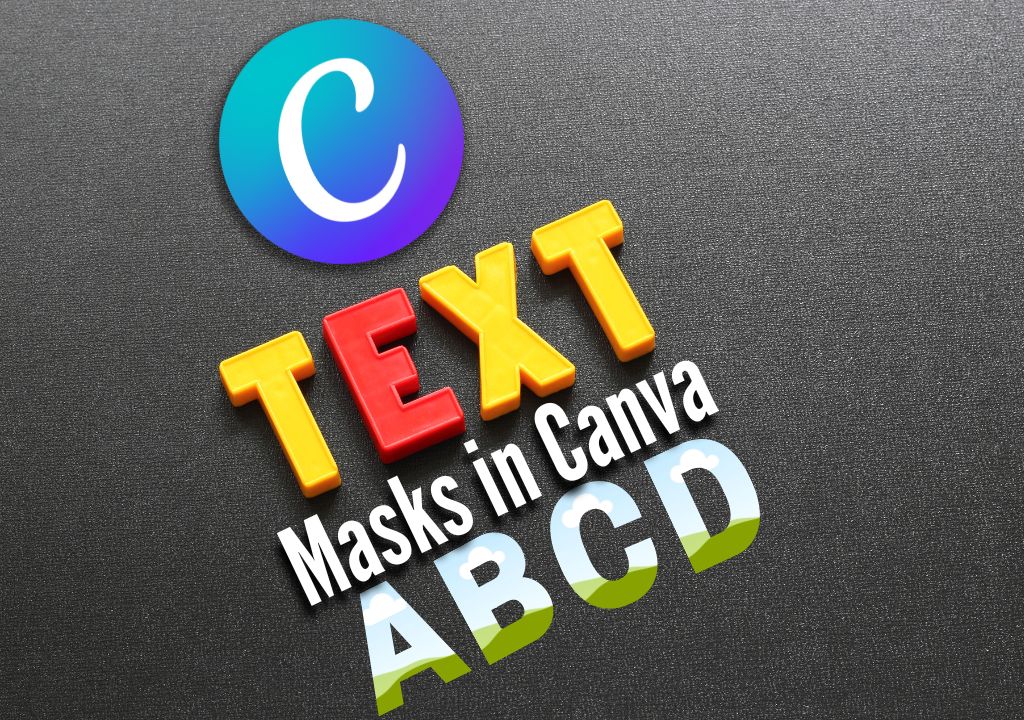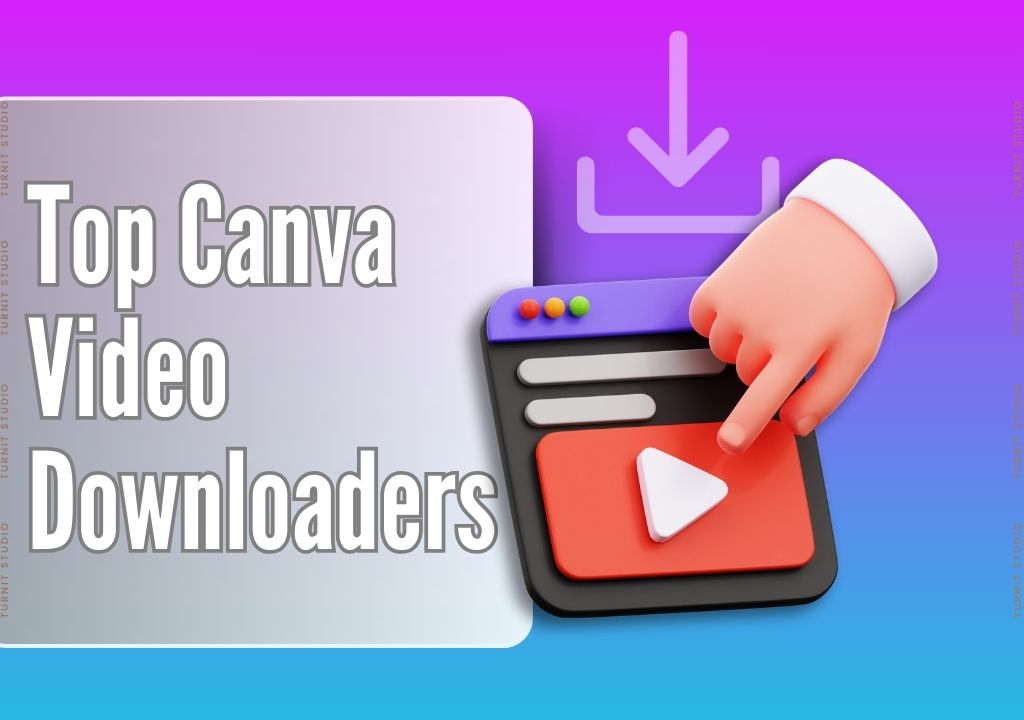Blog
Creating 300 DPI Images Using Canva
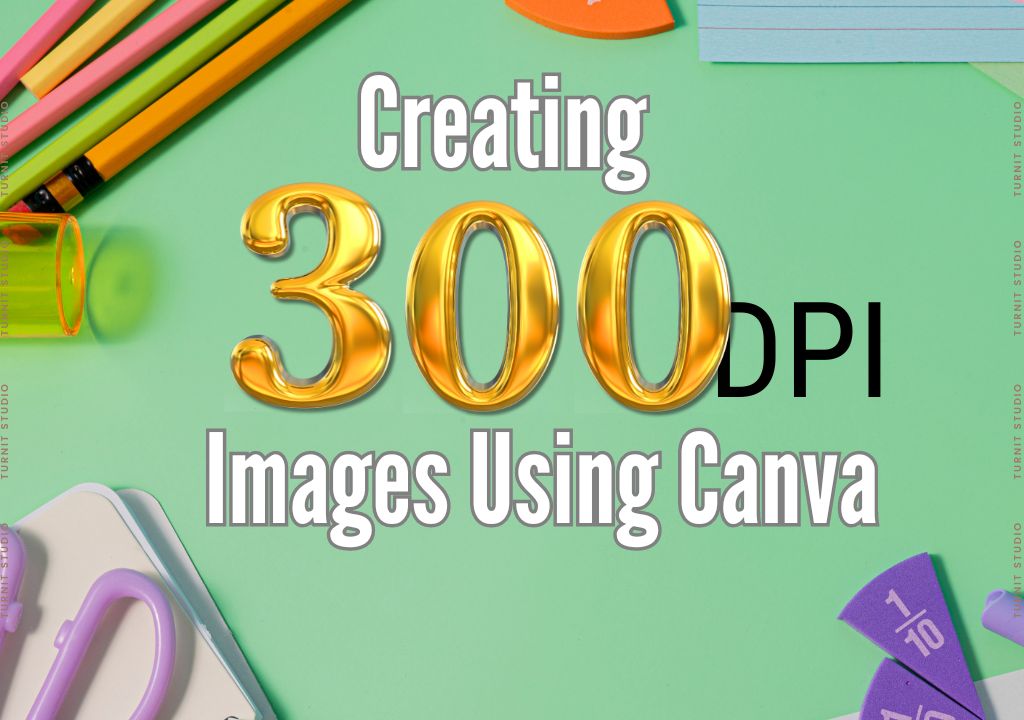
Creating high-resolution 300 DPI images is essential for ensuring quality and clarity, especially for printing purposes. With Canva, a popular online design platform, achieving 300 DPI (dots per inch) images is both straightforward and efficient.
In this comprehensive guide, we’ll walk you through the process of creating 300 DPI images using Canva, from understanding the platform to mastering DPI resolutions for various file formats. Whether you’re designing for print materials or digital media, Canva offers the tools and flexibility to produce stunning, high-resolution images with ease.
File Formats in Canva
Canva stands out as a versatile online design tool, offering users the ability to create an extensive array of visual content, ranging from eye-catching graphics to professional presentations and engaging social media posts. Its user-friendly interface, coupled with an expansive library of templates, elements, and fonts, caters to the needs of both novice creators and seasoned designers, fostering endless opportunities for creative expression.
When it comes to downloading designs from Canva, users are presented with various file formats and resolutions tailored to meet diverse requirements:
JPG: Canva offers JPG downloads suited for digital images and web use, available in multiple resolutions including standard (72 DPI) for online viewing and high-resolution (300 DPI) for enhanced clarity and print quality.
- PNG: PNG files provided by Canva are ideal for transparent images and preserving image quality. Users can opt for standard PNG downloads or high-resolution versions, ensuring crisp visuals in both digital and print applications.
- PDF: Recognized for their versatility in printing, PDF files from Canva come in high resolution (300 DPI), making them suitable for professional-quality prints. This format is widely utilized for documents, presentations, and other printed materials, ensuring optimal detail and fidelity.
With Canva’s diverse range of file formats and resolutions, users have the flexibility to select the most suitable option for their specific projects, whether it involves sharing digital content online or producing high-quality prints for offline distribution.
IN THIS ARTICLE
Canva DPI Resolutions for JPG, PNG, and PDF Files
When preparing designs for printing or professional use, it’s essential to consider the DPI (dots per inch) resolution of your images. DPI refers to the density of dots that make up an image, and higher DPI values generally result in sharper and more detailed prints. Here’s a breakdown of DPI resolutions for different file formats in Canva:
JPG: Canva offers a variety of resolutions for JPG downloads, including standard (72 DPI) and high resolution (300 DPI). While the standard resolution is suitable for digital use and online sharing, opting for the 300 DPI option ensures your images are print-ready with excellent clarity and detail.
PNG: Similar to JPG, Canva provides PNG downloads in both standard and high resolutions. The standard PNG format is suitable for web use, while the 300 DPI PNG option is ideal for high-quality prints, especially when transparency is required for overlaying images on different backgrounds.
PDF: Canva’s PDF downloads are exclusively available in high resolution (300 DPI), making them the preferred choice for professional printing projects. PDF files are versatile and widely compatible, ensuring that your designs retain their quality and integrity across different platforms and devices.
By understanding the significance of DPI resolutions and selecting the appropriate format for your design needs, you can ensure that your Canva creations look their best whether they’re viewed digitally or in print.
How To Create 300 DPI Images Using A Canva Template
Creating high-quality, print-ready images with Canva is a breeze, thanks to its user-friendly interface and powerful design tools. Whether you’re designing flyers, posters, or business cards, follow these detailed steps to ensure your images are optimized for printing at 300 DPI:
1- Select Your Template: Begin by logging in to your Canva account and navigating to the templates section. Choose a template that aligns with your project goals and matches the dimensions required for printing. Canva offers a vast selection of templates for various purposes, ranging from promotional materials to personal stationery.
2- Customize Your Design: Once you’ve selected a template, it’s time to unleash your creativity and customize the design to suit your preferences. Add text, images, icons, and other graphics to make the design uniquely yours. Canva provides a wide range of customization options, allowing you to adjust colors, fonts, and layouts with ease. Ensure that all elements are positioned correctly within the template boundaries to avoid any cropping or resizing issues during printing.
3- Adjust Image Resolution: Before downloading your design, it’s crucial to adjust the image resolution to 300 DPI for optimal print quality. DPI, or dots per inch, refers to the density of dots that make up an image and directly impacts its sharpness and clarity. To adjust the resolution, click on “File” and select “Download.” Choose the JPG, PNG, or PDF format, depending on your preferences and project requirements. Canva offers the flexibility to customize the resolution before downloading, ensuring that your images meet professional printing standards.
4- Download Your Design: Once you’ve adjusted the resolution settings, click on the download button to save your design to your device. Your image is now ready for printing at 300 DPI, ensuring crisp, clear, and professional-looking results. Whether you’re printing flyers for a business event or invitations for a special occasion, Canva’s intuitive platform makes it easy to create stunning designs that leave a lasting impression
By following these detailed steps, you can leverage Canva’s robust features to create 300 DPI images that are perfect for printing. Whether you’re a seasoned designer or a novice user, Canva’s intuitive interface and powerful tools empower you to bring your creative vision to life with ease.
Using Third-Party Converters for 300 DPI Images
While Canva offers built-in tools for creating high-resolution images, some users may prefer using third-party converters for specific requirements or advanced editing options. Here are three popular third-party tools for converting images to 300 DPI:
Adobe Photoshop:
- Adobe Photoshop stands as the industry standard for professional image editing and manipulation. With its extensive suite of tools and features, Photoshop offers unparalleled control over image resolution, size, and quality.
- Users can easily adjust the resolution of their images to 300 DPI or higher, ensuring optimal print quality for various projects.
- In addition to resolution adjustments, Photoshop provides advanced editing options such as color correction, retouching, and special effects, allowing users to fine-tune their images with precision.
- While Adobe Photoshop is a paid software, its robust capabilities make it indispensable for professional designers and photographers seeking ultimate control over their image editing process.
GIMP (GNU Image Manipulation Program):
- GIMP is a free and open-source alternative to Adobe Photoshop, offering many similar features and functionalities.
- Like Photoshop, GIMP allows users to resize, crop, and enhance images while adjusting resolution to achieve the desired DPI for printing.
- With its intuitive interface and extensive plugin support, GIMP provides a powerful image editing solution for users who prefer free software options.
- While GIMP may not offer the same level of polish and integration as Photoshop, it remains a popular choice among amateur photographers, hobbyists, and budget-conscious designers.
Online Converters:
- For users seeking quick and hassle-free image conversion, various online tools and websites offer image conversion services.
- These online converters allow users to upload images in various formats and adjust resolution settings before downloading the final output.
- While convenient, users should exercise caution when using online converters, as the quality and reliability of the results may vary depending on the platform.
- It’s essential to choose a reputable online converter with positive reviews and reliable performance to ensure accurate and high-quality image conversions.
Whether you opt for Adobe Photoshop, GIMP, or an online converter, each tool provides a viable solution for creating 300 DPI images tailored to your specific needs. By leveraging these third-party converters, you can expand your creative capabilities and achieve professional-quality results with ease.
Tips and Tricks for Creating 300 DPI Images
Start with High-Quality Images:
- Begin your design process with high-resolution images to ensure clarity and detail in your final output. High-quality images provide a solid foundation for your design, allowing you to maintain sharpness and fidelity throughout the editing process.
- If you’re sourcing images from stock photography websites or your own photography collection, prioritize images with a resolution of at least 300 pixels per inch (PPI) to ensure optimal print quality.
Avoid Scaling Up:
- Whenever possible, design your images at the desired print size to avoid scaling up during the editing process. Scaling up images can result in pixelation and loss of detail, especially when enlarging images beyond their original dimensions.
- If you need to resize an image, aim to scale it down rather than up. Scaling down an image reduces its size without sacrificing quality, preserving the integrity of the image for printing at 300 DPI.
Check Print Dimensions:
- Before finalizing your design, verify the dimensions and resolution requirements with your printing service provider. Different printing methods and materials may have specific guidelines for image resolution and dimensions to ensure optimal results.
- Consult with your printing service provider to determine the recommended DPI (dots per inch) for your intended print size. Aim for a minimum of 300 DPI to achieve crisp and detailed prints without pixelation or blurriness.
- Additionally, confirm the dimensions of your design, including width, height, and bleed, to ensure compatibility with your chosen printing method. Adhering to the correct dimensions helps prevent cropping or resizing issues during the printing process.
By following these tips and tricks, you can create 300 DPI images with confidence, ensuring professional-quality results that meet the standards of your printing service provider. Whether you’re designing posters, flyers, or other printed materials, prioritizing image quality and print compatibility is essential for delivering visually stunning and impactful designs.
FAQ
Can I create high-resolution (300 DPI) images using Canva's built-in tools?
Yes, Canva provides options to create high-resolution images with a DPI of 300, suitable for professional printing and digital use.
Are there specific Canva templates optimized for high-resolution Instagram posts?
Canva offers a wide range of templates, including Instagram Canva templates, designed for various purposes, such as social media posts, ensuring users can create high-resolution content tailored to their Instagram needs.
Can I access free Canva templates to create high-resolution designs?
Yes, Canva provides a collection of free templates, including social media Canva templates, allowing users to create high-resolution graphics for platforms like Instagram without incurring additional costs.
Do Canva templates support high-resolution images for social media and website use?
Absolutely, Canva templates are designed to accommodate high-resolution images, making them suitable for social media posts, website banners, marketing materials, and other digital assets.
Is a Canva Pro subscription required to create high-resolution designs?
No, users can create high-resolution designs using both free and Pro Canva accounts. However, Canva Pro offers additional features and resources that may enhance the design process further. It’s important to note that while both free and Pro accounts allow users to create high-resolution designs, there are limitations on downloading high-resolution images if you use any Canva Pro design elements or templates in your project, you’ll need a Canva Pro subscription to download them. This restriction ensures that Canva maintains its licensing agreements with content providers and protects the intellectual property rights of premium design assets.
Can I convert existing Canva designs into high-resolution images for printing?
Yes, users can adjust the resolution settings of their existing Canva designs to 300 DPI before downloading, ensuring they meet the requirements for high-quality prints.
Are there any limitations when creating high-resolution designs in Canva?
While Canva supports the creation of high-resolution designs, users should be mindful of file size limitations and ensure their designs adhere to Canva’s dimension restrictions for optimal results. The file size limitation refers to the maximum size of the design file you can create in Canva. Typically, Canva imposes a file size limit of 50MB per design. This limitation helps ensure smooth performance and efficient storage of designs on the platform. Additionally, users should consider the dimensions of their designs, as Canva recommends specific dimensions for various types of designs, such as social media posts, presentations, or print materials. Adhering to these recommended dimensions ensures that your high-resolution designs are displayed correctly across different platforms and devices, optimizing the visual impact of your creations.
Can I customize Canva templates for website banners and social media headers in high resolution?
Absolutely, users can select from a variety of website Canva templates and social media Canva templates, customizing them with high-resolution images and graphics to create visually stunning designs for online platforms.
Are there any tips for maintaining high resolution when designing in Canva?
Starting with high-resolution images, using vector graphics, and adjusting resolution settings before downloading are effective ways to ensure designs maintain their quality in Canva.
Can I use Canva templates to create high-resolution images for various purposes?
Yes, Canva templates are versatile and can be used to create high-resolution images for social media, websites, print materials, and more, providing users with endless possibilities for creative expression.
Conclusion
In conclusion, Canva emerges as an indispensable tool for crafting visually stunning designs across a multitude of platforms and purposes. With its extensive library of high-resolution templates, spanning from Instagram and social media to websites and beyond, Canva empowers users with the creative freedom to bring their ideas to life effortlessly. Whether utilizing free templates or exploring premium options, Canva caters to the diverse needs of individuals and businesses alike, offering a seamless experience for design enthusiasts and professionals. From captivating social media campaigns to polished website designs, Canva’s versatility and accessibility make it the ultimate companion for anyone looking to make an impact in the digital realm. Unlock your creativity with Canva templates and elevate your visual storytelling to new heights.
2024 BLACK GIRL Digital Planner
BLACK GIRL Digital Planner 2024, Daily, Weekly and Monthly Planner for iPad & Tablet Compatible with GoodNotes, Notability & XODO
Related Posts
Where to Sell Your Digital Products for Maximum Profit
-
Posted by
 Turnit Studio
Turnit Studio
- 0 comments
PLR Products: Everything You Need to Know
-
Posted by
 Turnit Studio
Turnit Studio
- 0 comments
What is a PLR eBook and How Can It Boost Your Online Business?
-
Posted by
 Turnit Studio
Turnit Studio
- 0 comments
Are Canva Images Copyright Free?
-
Posted by
 Turnit Studio
Turnit Studio
- 0 comments
Step-by-Step Guide to Adding Music to Canva Video
-
Posted by
 Turnit Studio
Turnit Studio
- 0 comments
Step-by-Step Guide to Fix the ‘Saving Paused’ Issue in Canva
-
Posted by
 Turnit Studio
Turnit Studio
- 0 comments
How To Print In Canva?
-
Posted by
 Turnit Studio
Turnit Studio
- 0 comments
How to Merge Two Elements in Canva
-
Posted by
 Turnit Studio
Turnit Studio
- 0 comments
Step-by-Step Guide to Editing Your Resume using Canva
-
Posted by
 Turnit Studio
Turnit Studio
- 0 comments
Discovering the Transformative Definition of Mindfulness
-
Posted by
 Turnit Studio
Turnit Studio
- 0 comments
How to Create Text Masks in Canva
-
Posted by
 Turnit Studio
Turnit Studio
- 0 comments
5 Top Canva Video Downloaders
-
Posted by
 Turnit Studio
Turnit Studio
- 1 comment


